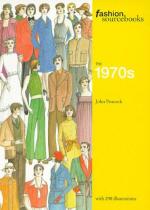|
This section contains 1,297 words (approx. 5 pages at 300 words per page) |

|
The British Open-Classroom Model.
During the 1970s many early-childhood-education specialists were influenced by models found in some British infant schools (the equivalent of U.S. primary grades), particularly those in Leicestershire, England, where teachers had developed a type of open classroom in which children moved about with relative freedom. These schools were marked by little distinction between work and play, increased opportunities for children to learn from each other, and a decreased emphasis on didactic teaching. When many proponents established similar schools in this country, this philosophy of education came to be known as the "open classroom" or "informal schooling." The term implies that the activities of students will be determined, to a great extent, by their interests and needs, not by the teachers. The open-classroom approach suggests freedom of movement as well as an open philosophy that...
|
This section contains 1,297 words (approx. 5 pages at 300 words per page) |

|




